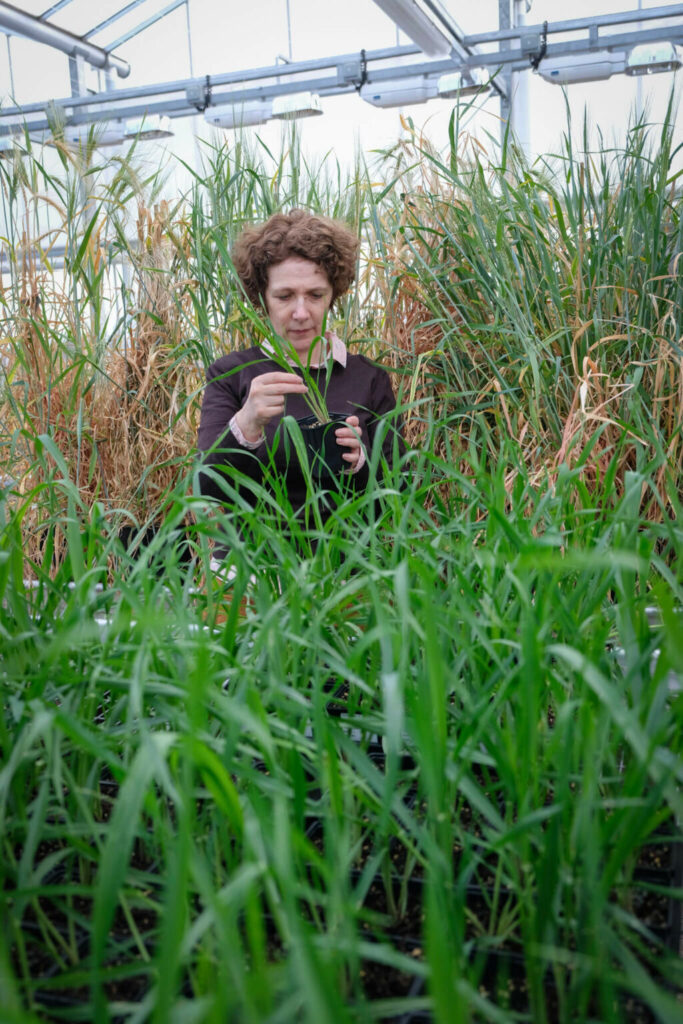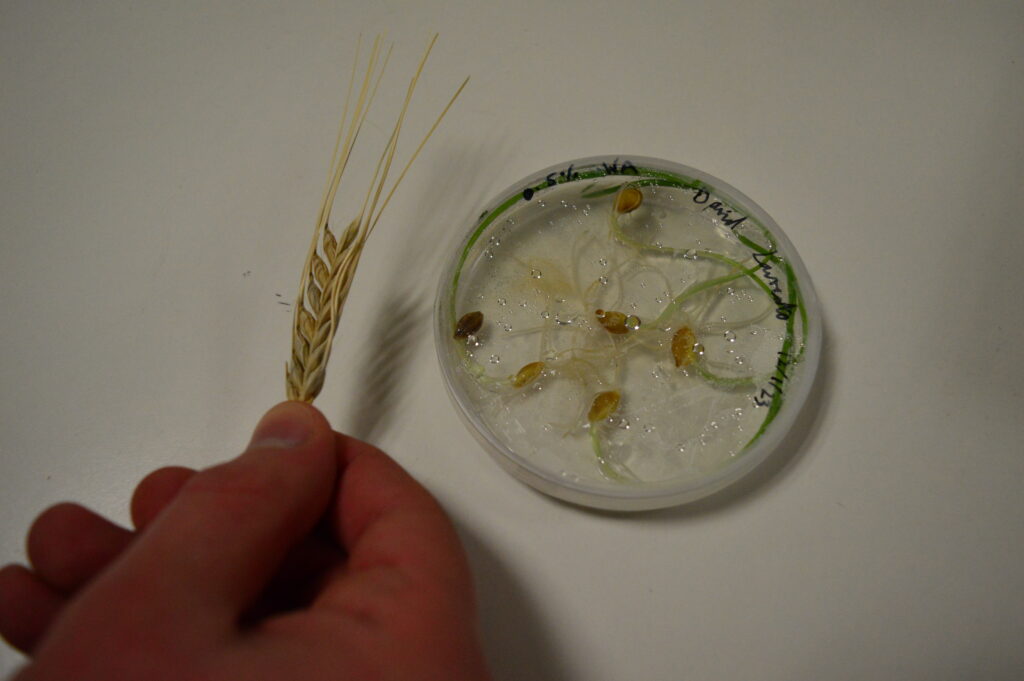
Why barley?
- Barley is the fourth most important cereal crop in the world, grown in more than 100 countries and used for animal feed, human food and the production of alcohol.
- Demand for barley across the UK comes from two main sources: the drinks industry and livestock feed.
- Scotland’s whisky industry accounts for 75% of Scotland’s food and drinks exports (22% of UK’s food and drink exports) and is heavily dependent on malting barley grown by Scottish farmers.
- Whisky amounts to GVA of £5.5 billion, 11,000 direct jobs and 42,000 indirect jobs.
Opportunities
Global production of Barley is currently approximately 150 million tonnes. This is expected to increase with demand from developing economies, notably China. The rapid advances in genomics are leading to an unprecedented ability to identify causal genes for economically important characters, including those that improve performance in farmers fields and that influence end product quality. This facilitates the development and selection of novel or improved germplasm in the laboratory that can be incorporated by breeders in their conventional breeding programmes.
Challenges
Whilst the costs of developing the resources to conduct such programmes have reduced, they remain too expensive and long term to be conducted by any one commercial company. The research community has the necessary skills to develop the research tools, informational and genetic resources but, due to its science focus, lacks the necessary emphasis on product delivery and the industrial partners to effectively deploy its knowledge.
Solutions
The IBH will seek to educate two distinct sectoral groups about the implications that advances from research might bring:
- Firstly, the UK barley breeding community is the vehicle through which scientific advances are brought to the marketplace. We need concerted efforts towards integrating conventional breeding with discoveries and concepts emerging from cutting edge research.
- Secondly, the end-user community needs to appreciate that with targeted investment new barley varieties could be developed to meet their particular needs. This applies to existing markets and, more importantly, could open up new market opportunities.


Market
Barley breeding in the UK is conducted by private companies with five conducting UK based breeding programmes:
- KWS (UK)
- RAGT Seeds
- Limagrain UK
- Secobra
- Syngenta
Lines from European based barley breeding programmes, again in the private sector, are also evaluated in the UK, either by agency agreements with one of the above companies or with other companies.
The costs of running a breeding programme are in the order of £250k per annum, to which must be added costs for variety registration and protection, stock and seed production and marketing, which can add another £200k to the budget. Royalties on each tonne of certified seed sold of a breeder’s variety are the main source of income derived from these activities.
Over the past 13 years, barley certified seed production has halved from a peak of just under 200k tonnes in 1996 to under 100k tonnes in 2006, which represents a significant decrease in the amount of money that companies can invest in barley breeding.
Cross-breeding
Barley is a self-pollinated crop and human intervention is required to make crosses between different barley genotypes. Watch the essential steps of the crossing process captured in this short video.

